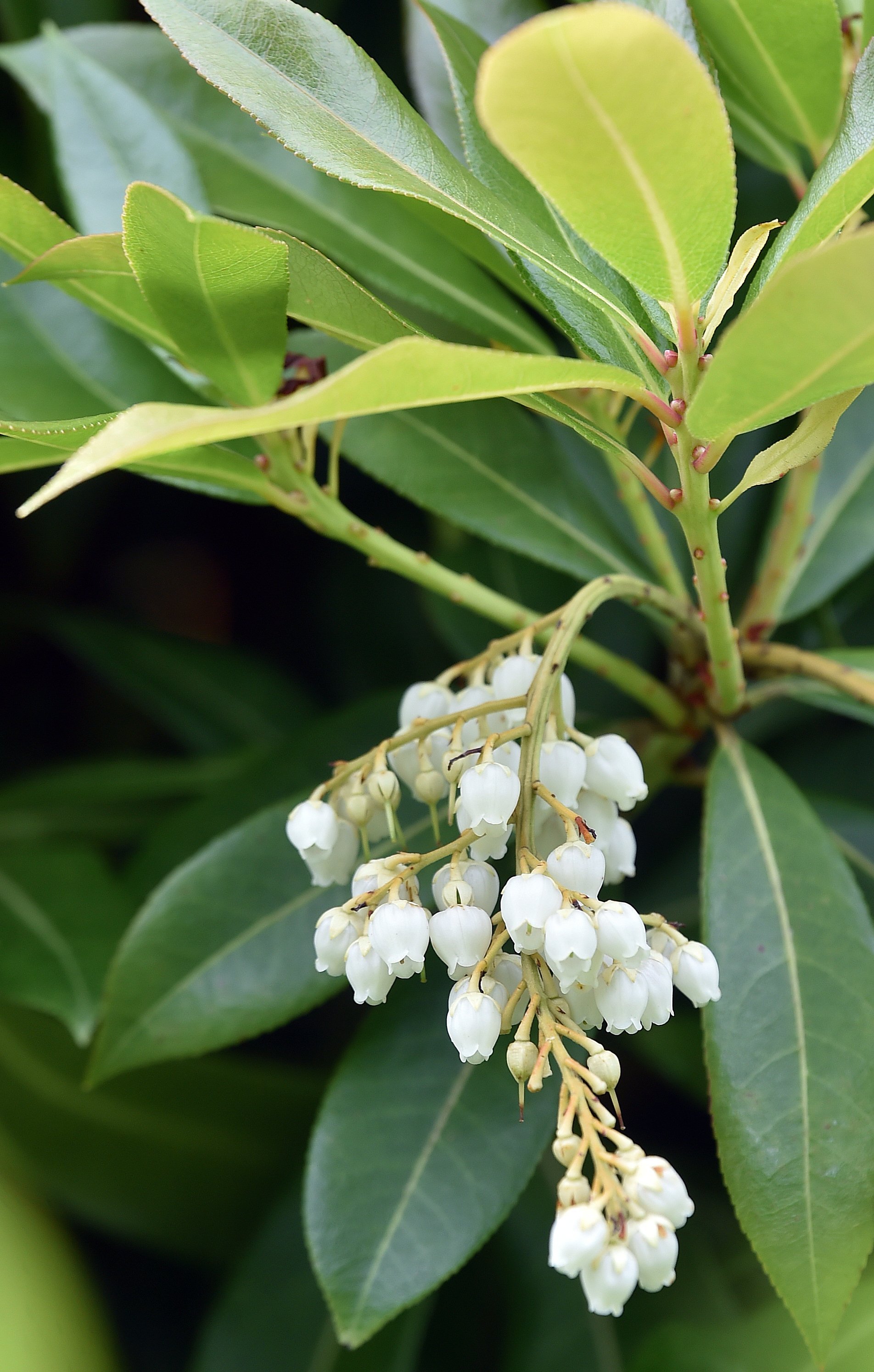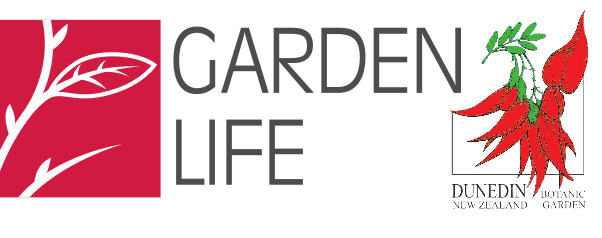
Mr Forrest was a plant collector with seven expeditions (1904-32) to Western Yunnan, where he tramped the mountains between Salween, Mekong and Yangtse River.
In 1904, when working in the Edinburgh Botanic Gardens, Mr Forrest was engaged by A.K. Bulley, one of the last private collectors to sponsor expeditions.
On this first expedition, Mr Forrest had to abandon many plants, seed packets and herbarium specimens to escape the Batang Uprising, but over his 30-year career he made over 31,000 collections and introduced several hundred new plant species into Western horticulture. He largely managed this by establishing local collecting teams at various bases under the leadership of Zhao Chengzhang.
With increasing enthusiasm in the United Kingdom for rhododendrons, a society was founded in 1916.
Mr Forrest gained wider sponsorship to focus on collecting rhododendrons and new garden plants such as primulas.
He was a methodical collector and organiser, and his helpers were so well trained that some continued to collect under new employment after his death from a heart attack in the field.
There are several plant species named after him. Some examples in the Dunedin Botanic Garden are Pieris formosa var forrestii, ‘Wakehurst’, Acer forrestii, Rhododendron forrestii Repens Group, Primula bullata var. forrestii, Camellia forrestii and Sorbus forrestii.
— David Asken is the collection curator, Theme Collection, at the Dunedin Botanic Garden.













